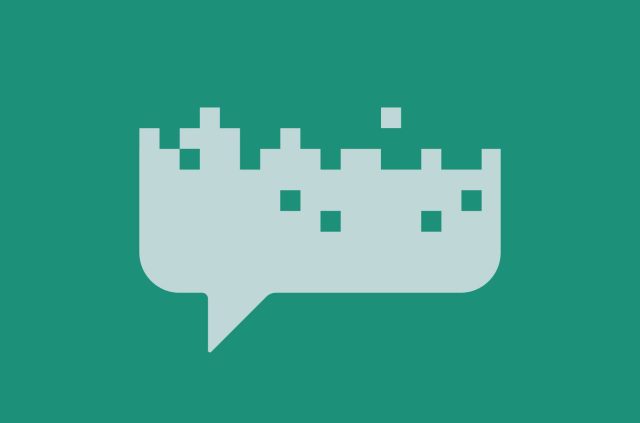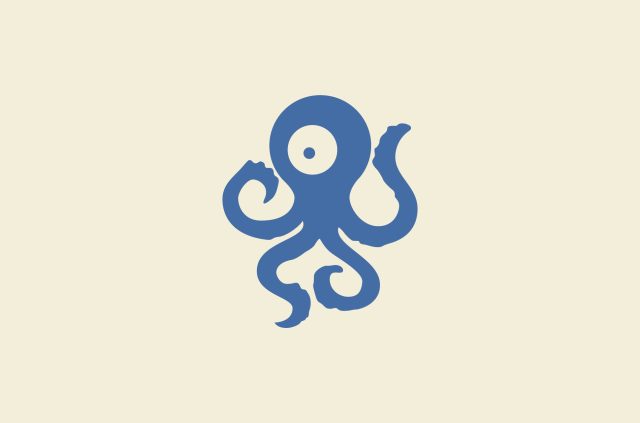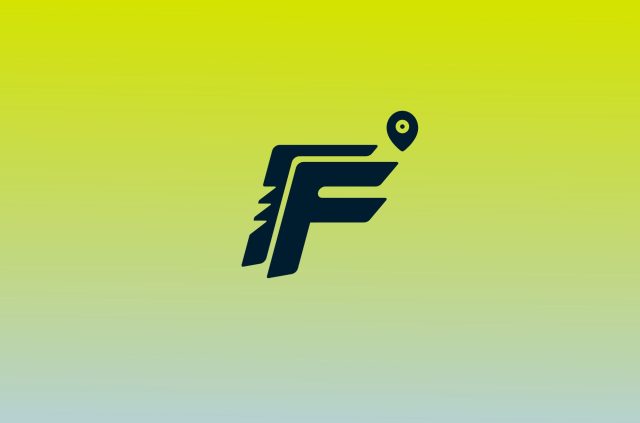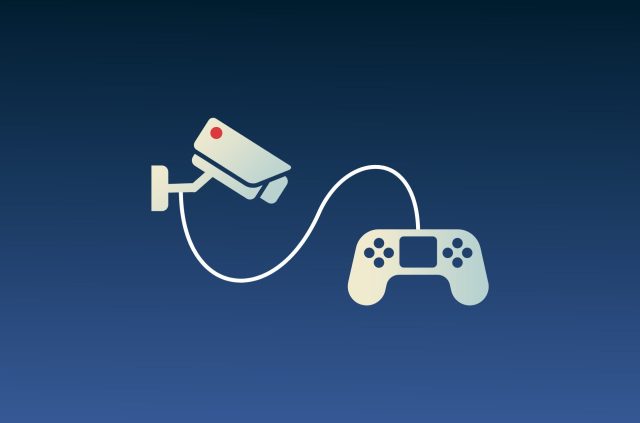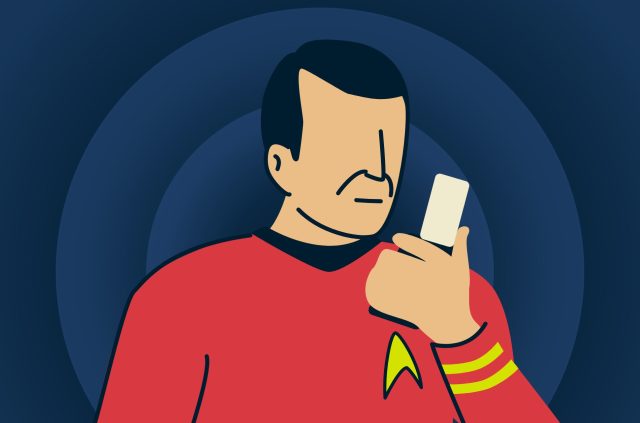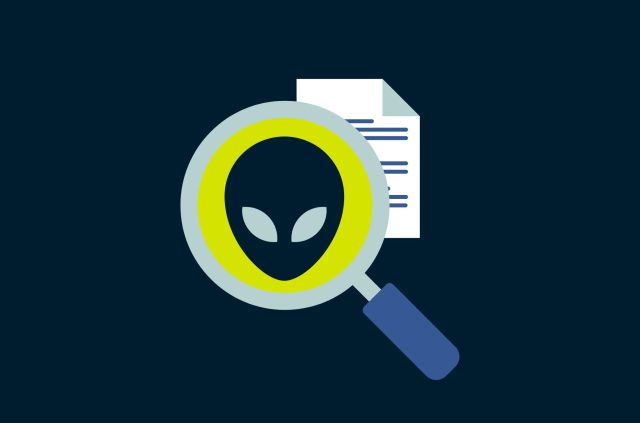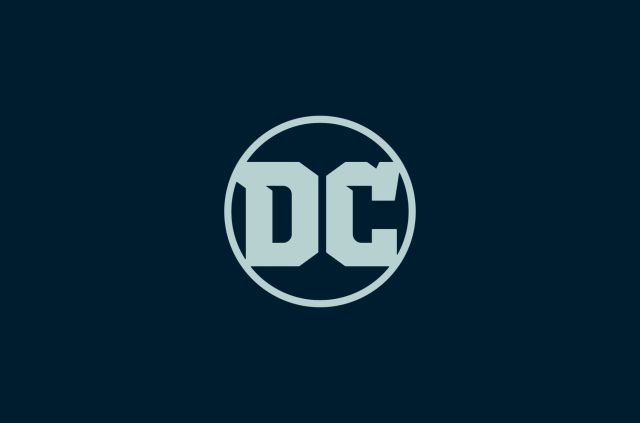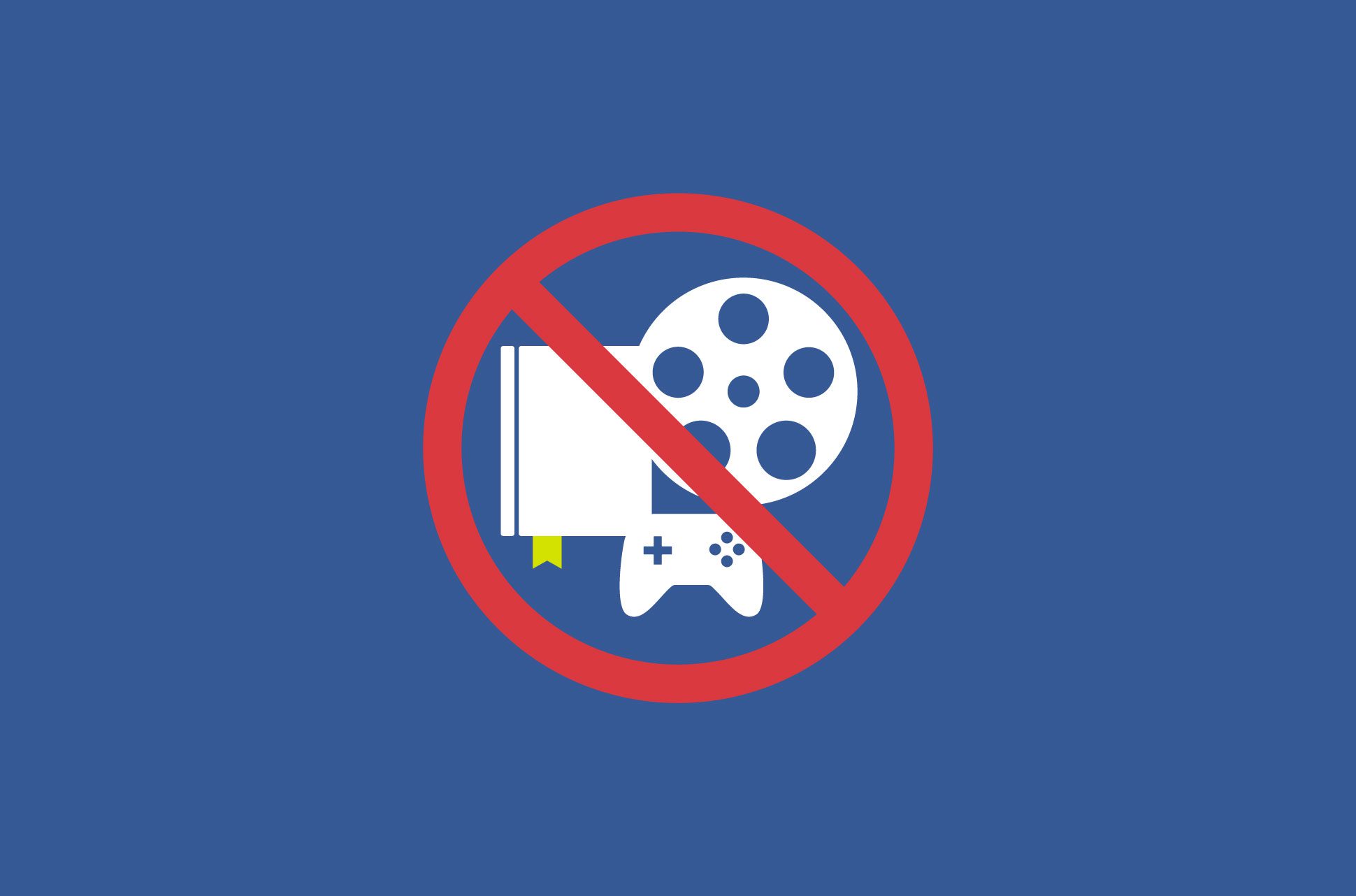
Censorship of media is not a new phenomenon. While it is usually argued that censorship decisions are made with the best of intentions, they are also largely subjective across both time and place.
Which is how you can sometimes end up with situations where media is banned for reasons that are entirely unclear, often leading to an overturning at later dates.
Read more: 5 times art was used to avoid censorship
Join us to explore 9 times books, movies, or games were banned for strange reasons.
Strangest examples of banned books
Fahrenheit 451
First published in 1953, Fahrenheit 451 is a dystopian novel by Ray Bradbury on the finer points of censorship. That’s right, the first entry on this list about banned content is a story about banning content—which itself got banned… numerous times. Try wrapping your head around that.
The book’s title is explained in its tagline as the temperature at which “book paper catches fire, and burns.” Fahrenheit 451 follows Guy Montag, a fireman, who over the course of the story transforms from burning outlawed books to a protector of lost knowledge.
For a book whose central theme deals with the dichotomy between freedom of thought and state-based censorship, it’s ironic that Fahrenheit 451 has been banned or censored by various schools in the U.S. since its release due mostly to vulgarity and questionable language. Luckily, those decisions have been reversed each time.
Nineteen Eighty-Four
Like Fahrenheit 451, 1984 follows a protagonist who longs to be free of thought control by an oppressive state regime. Originally published in 1949, the story follows Winston Smith, an employee in the government’s Ministry of Truth, where his sole function revolves around historical negationism. In other words, he alters historical documents as ordered by the ruling party.
With one of the main themes of the story an indictment on censorship, Nineteen Eighty-Four has itself been censored, banned, or challenged numerous times since its initial release. Perhaps the two most baffling examples being:
- Banned by the Soviet Union upon release for being critical of communism.
- Challenged in Jackson County, Florida, in 1981 for promoting communism.
You figure that one out...
Merriam-Webster dictionary
In January 2010, schools across Southern California banned the Merriam-Webster dictionary. Yes, you read that correctly. Parents across several schools objected to what they deemed were graphic definitions of sexual acts—specifically that they were not appropriate for younger students. The dictionary’s 10th edition, which had been widely used in schools at the point in time, was temporarily removed while a committee composed of parents, teachers, and administrators reviewed the decision. It was eventually overturned a few weeks later.
Strangest examples of banned movies
Monty Python’s Life of Brian
Considered by many to be one of the best comedies of all time, Monty Python’s Life of Brian follows Brian Cohen, a Jewish-Roman man who was born on the same day, in the same place, as Jesus. Over the course of the film, Brian is constantly mistaken as being the Messiah.
Unsurprisingly, the film garnered a great deal of controversy upon its release, with various international religious groups decrying its portrayal of biblical events as blasphemous. The degree of its censorship varied across regions, ranging from short-lived to decade-long bans.
Monty Python even used the notoriety of its controversy to promote the film in Sweden with the claim: "So funny, it was banned in Norway!"
Borat
Borat, or Borat! Cultural Learnings of America for Make Benefit Glorious Nation of Kazakhstan, is a black comedy mockumentary that follows Borat Sagdiyev (Sacha Baron Cohen), a fictional television correspondent from Kazakhstan who travels to the U.S. to make a documentary about American life. Like in Cohen’s other works in which he plays a character, namely Ali G and Bruno, Borat is made up of interviews with people who have no idea that Cohen is playing a character.
Wildly successful upon its release, the film also met with significant controversy surrounding its portrayal of Kazakhstan and its population as backwards and underdeveloped. Scenes shot in a Romanian village—used as a double for Kazakhstan—were especially egregious, as villagers were depicted as uncultured and incestuous. The production was sued by various interviewees who claimed that they were misled to the filmmakers’ true intentions. The government of Kazakhstan denounced the film and banned it outright.
In a strange twist, perhaps due in part to the Streisand effect, the government of Kazakhstan have begun to embrace Borat’s infamy and started using his catchphrase “very nice” for tourism campaigns in 2020.
A Clockwork Orange
One of the most controversial movies of all time, A Clockwork Orange was based on the 1962 novel of the same name. Set in a dystopian near-future Britain, the film follows a delinquent and his gang as they cause wanton destruction for no other reason than to satisfy their sadistic desires.
The film was banned almost immediately upon release in many countries for its graphic depictions of violence and sexual assault, including for 30 years in Singapore, 26 years in Ireland, and 13 years in South Africa.
Perhaps most strangely, the film was also briefly pulled in the UK following a request from director Stanley Kubrick after he received death threats against his family.
Strangest examples of banned video games
Hatred
Hatred is perhaps the most controversial entry on this list. What's crazy here is not why the game was banned or censored, but specifically what it’s about.
Originally revealed in 2014, the Hatred announcement trailer caused a great deal of controversy upon its release due to its extreme and “senseless” violence. The game allows players to take the role of a nihilistic spree killer who, disgusted at the state of the world, embarks on a mission to kill as many people as possible across New York City. That’s pretty much it.
Met with near-universal derision, the game has managed to sell quite well on gaming platform Steam in recent years, despite being temporarily banned from the platform early in its development.
EA Sports MMA
EA Sports, a division of Electronic Arts, is the undisputed leader of sporting video game development. EA Sports MMA was released in 2010 to strong reviews in all markets that it entered… except Denmark.
Why, you ask?
Was it the perceived violence of MMA in its early days before becoming a mainstream sport?
Nope, it was due to a Danish law preventing the marketing of energy drinks across various forms of media—in this case, it was the use of energy drink ads and product placement within the game. EA ultimately decided not to alter the game, so it’s still banned in Denmark.
Marc Ecko's Getting Up: Contents Under Pressure
Australia has had a storied history with video game censorship, ranging from concerns of extreme violence to sexual themes. This entry though, definitely does not fall into these categories.
Released in 2006, Getting Up is an action/beat ‘em up video game where players take the role of Trane, an artist who uses graffiti to protest the Orwellian government of his home city New Radius—a near-future dystopia.
The game was initially refused classification in Australia, due to the perception that it promoted illegal graffiti. So to clarify, a game about using art to subvert an overprotective government, was banned… by an overprotective government.
Read more: Not just a game: How Minecraft fights for digital freedom
Take the first step to protect yourself online. Try ExpressVPN risk-free.
Get ExpressVPN


